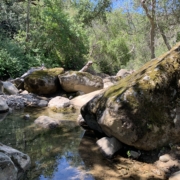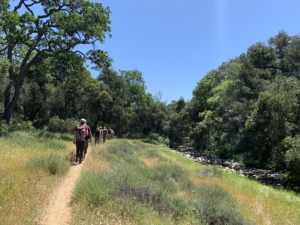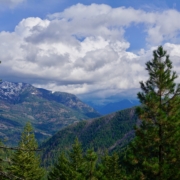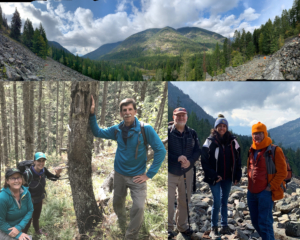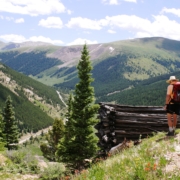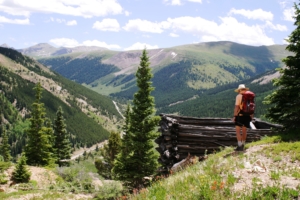The Arrival of Spring: A Message from Brad Borst, President
March 20, 2020 – Today is the first full day of spring, a season that ushers in longer days, warmer temperatures and a vibrant burst of activity as flora and fauna awaken from their long winter nap. It also happens to be my birthday. 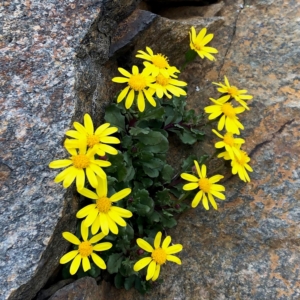
How do I plan to celebrate?
After a dawn walk in the woods with my belligerent husky and friendly border collie (neither understand the concept of “social distancing”), I’m spending the rest of the day happily working alone from our small organizational office on Bainbridge Island. That’s how.
Right now my team and I are safe and sound, each of us working from individual locations and intensely focused on the details of several new land acquisition projects under development in Washington, Oregon, Idaho, Colorado and New Mexico, and the steps we need to take in order to add them to the surrounding wilderness.
You see, even during a time of profound change that COVID 19 is bringing to our country, I hope you find some comfort in knowing that some things remain the same — spring has arrived on time, your favorite wilderness area awaits as you practice your own brand of social distancing and everyone here at The Wilderness Land Trust is diligently working to fulfill our mission.
Thank you for sticking by us, even during this difficult time. We greatly appreciate your calls and emails to check in on us, your kind words of encouragement and your generous contributions to keep us moving forward. Please send me any images of you and your family this spring enjoying that special wild place in your heart, and I’ll be sure to share them with the team.
Happy spring everyone. Thank you for sharing this special day with me.
Sincerely,

Brad Borst, President
The Wilderness Land Trust
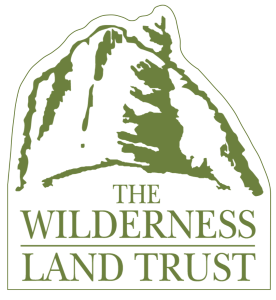
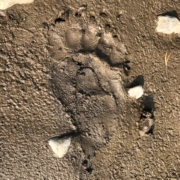
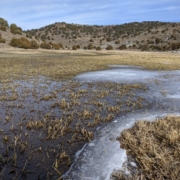
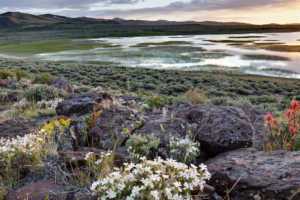
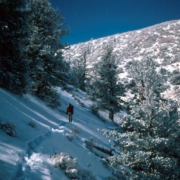
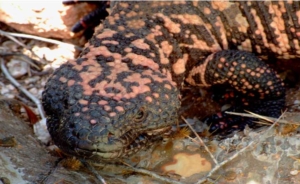
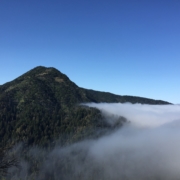
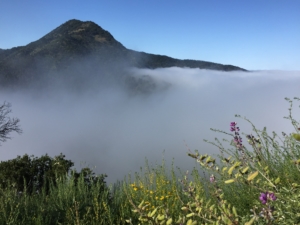
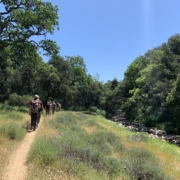
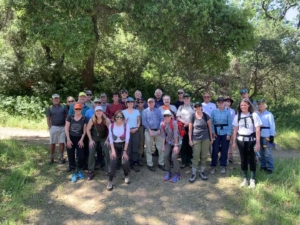
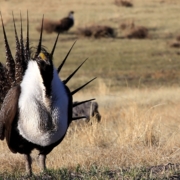
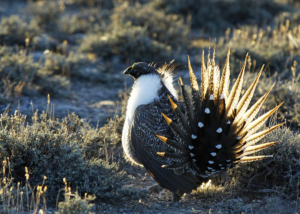
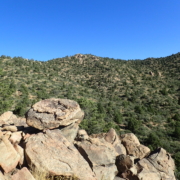
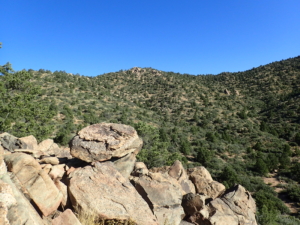 increasing the overall size of this wilderness area.
increasing the overall size of this wilderness area.